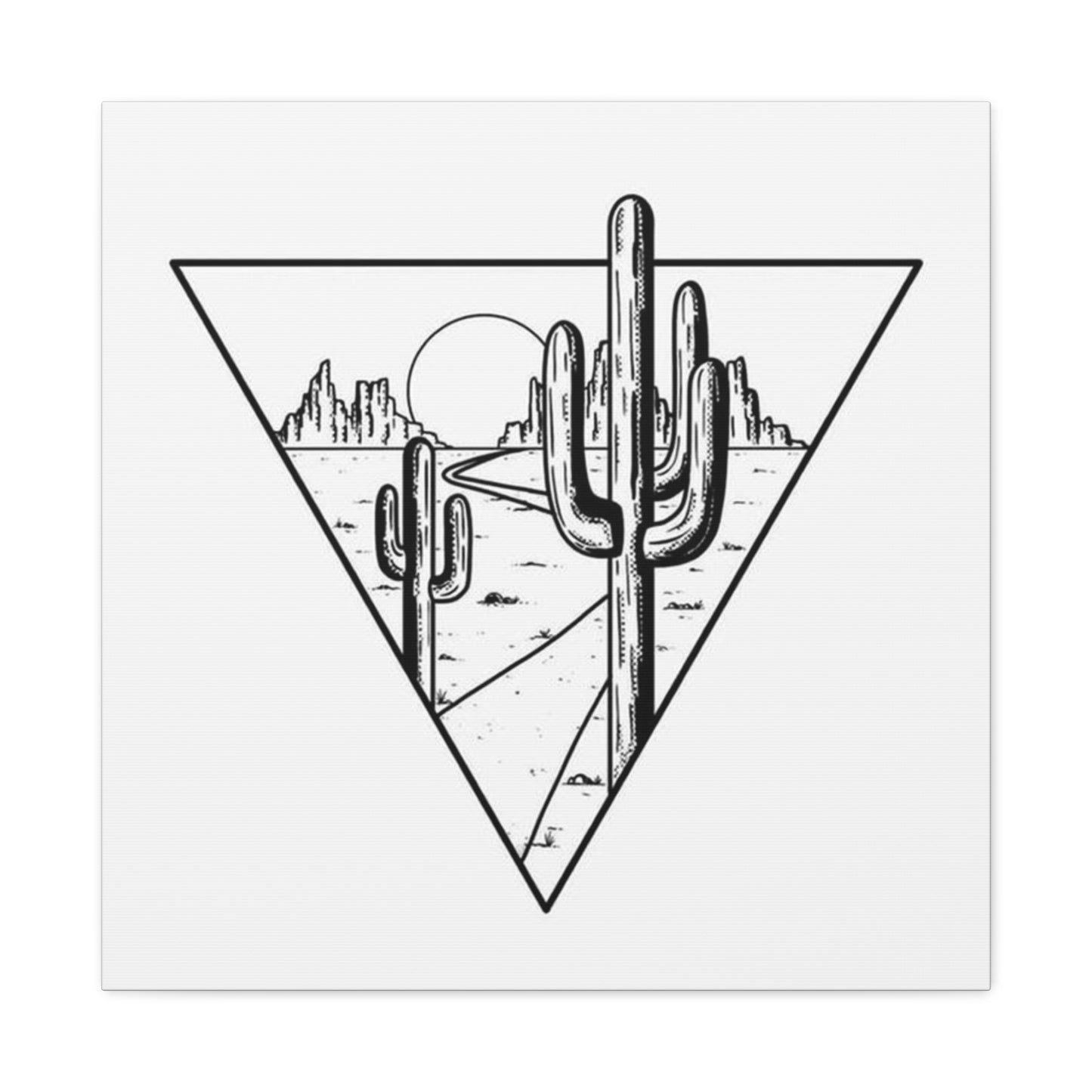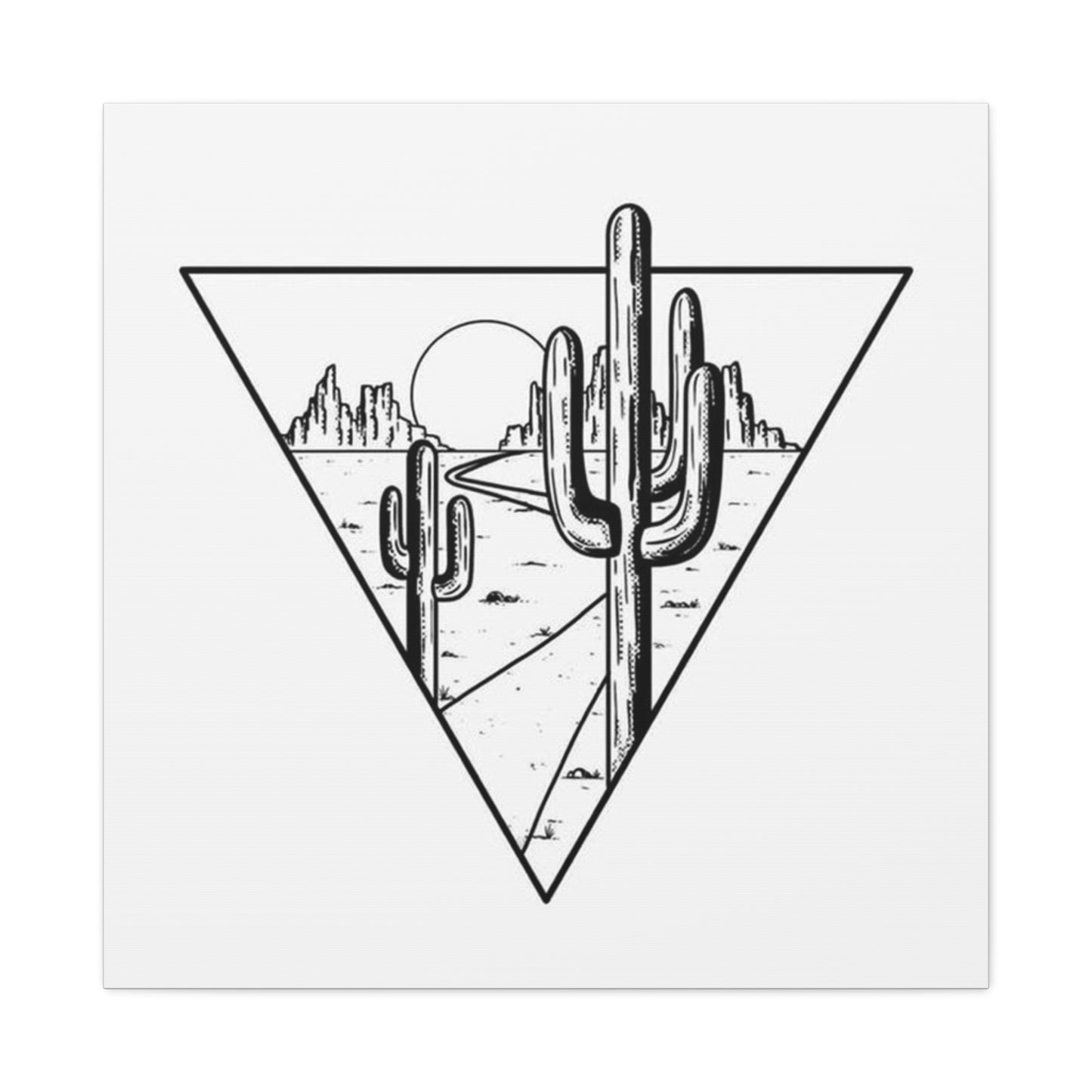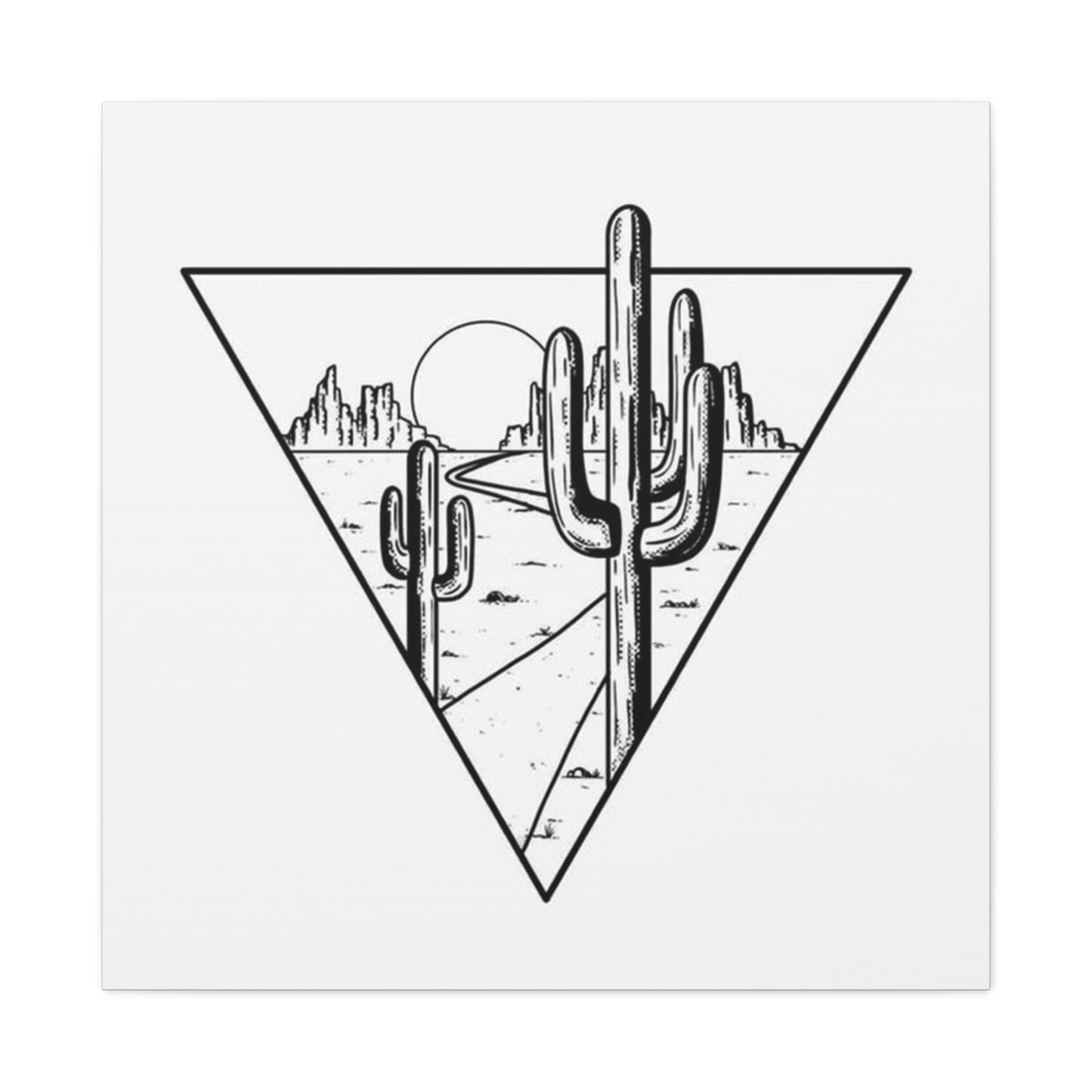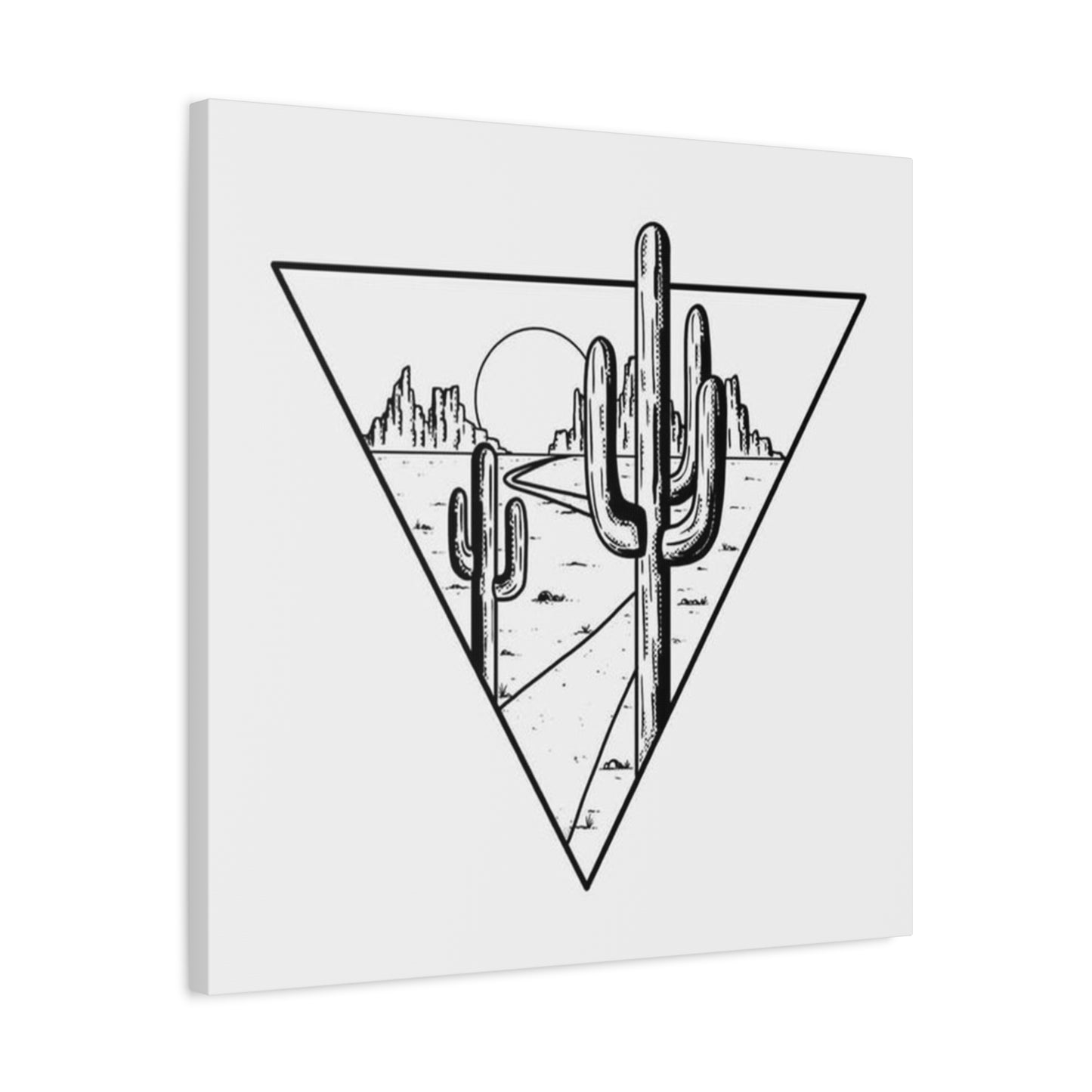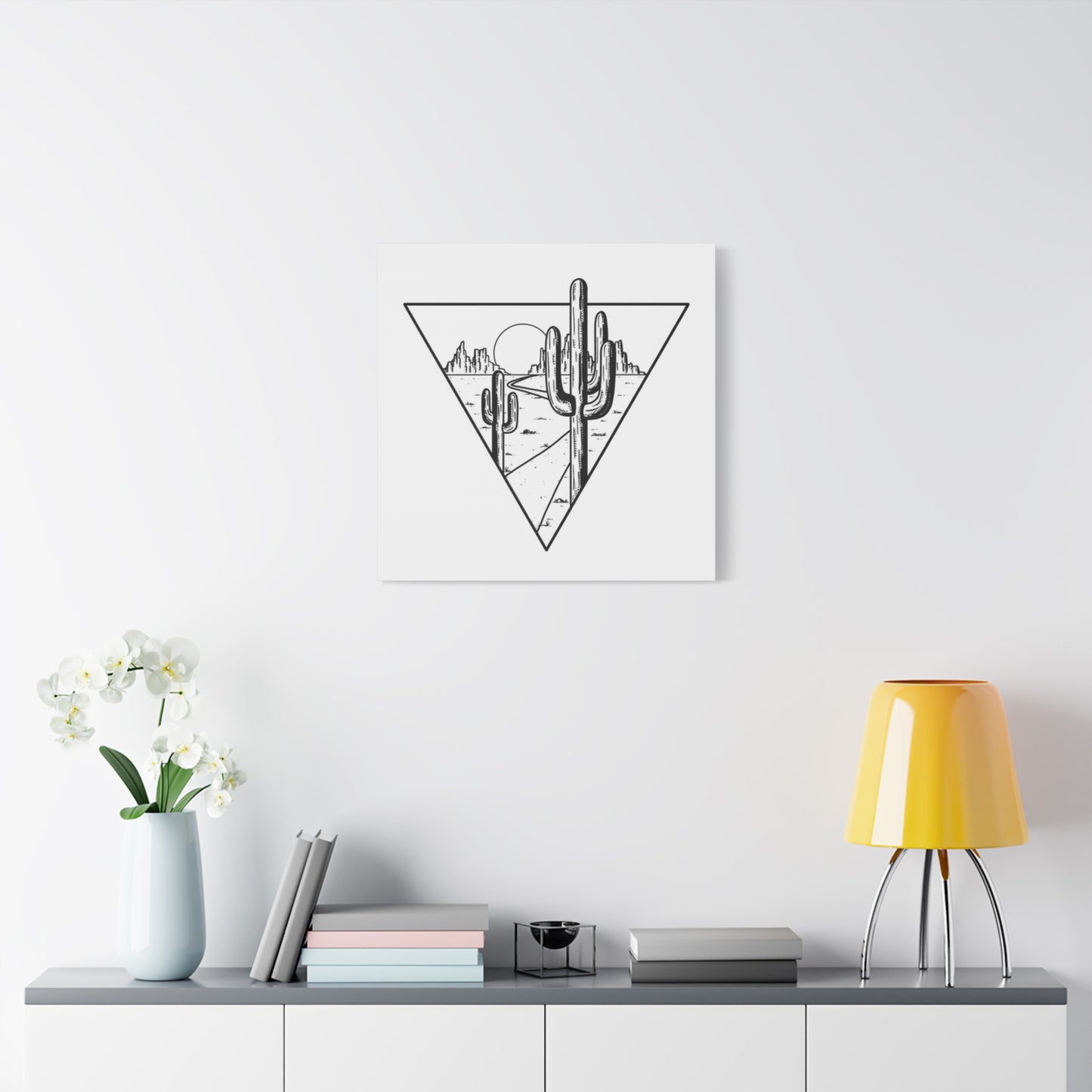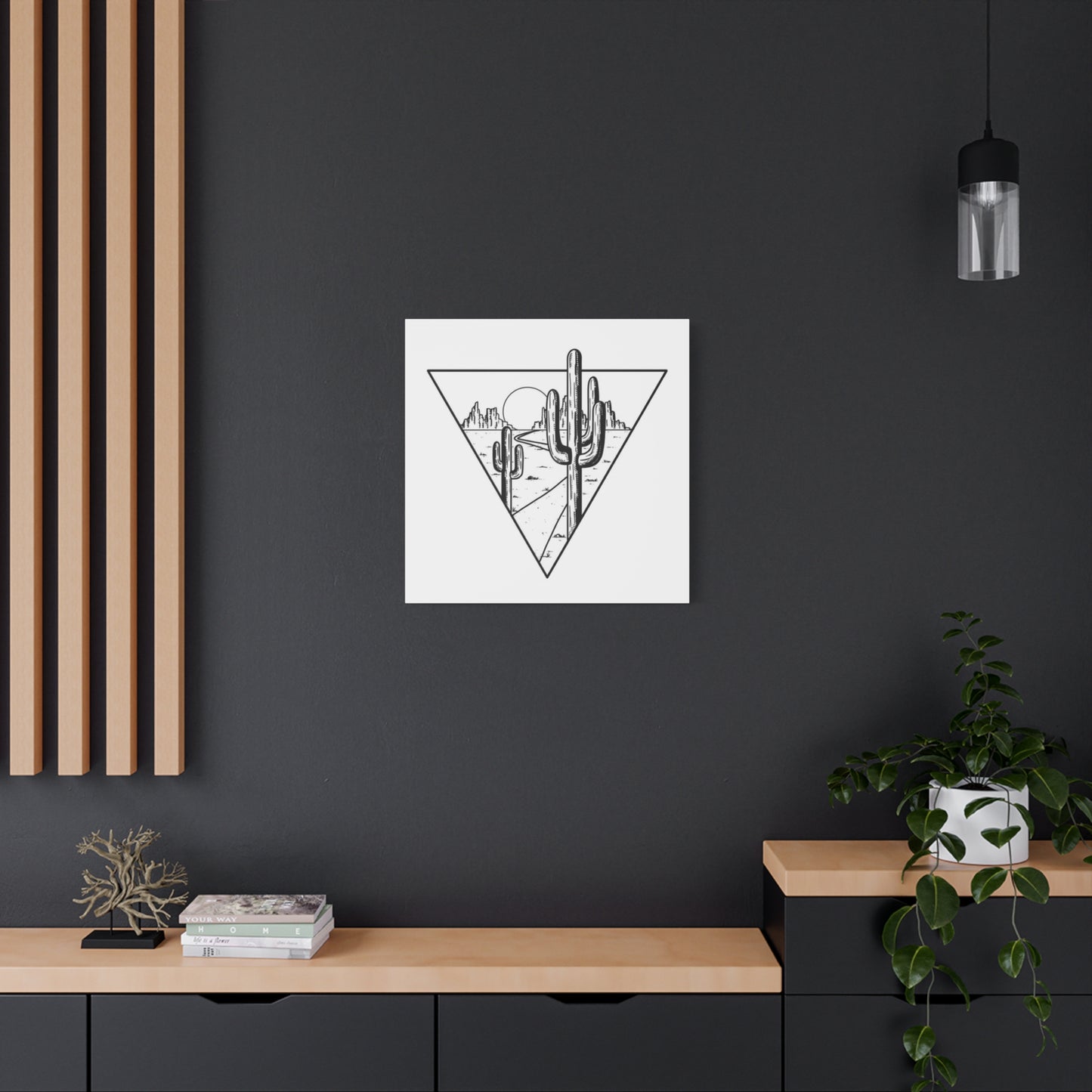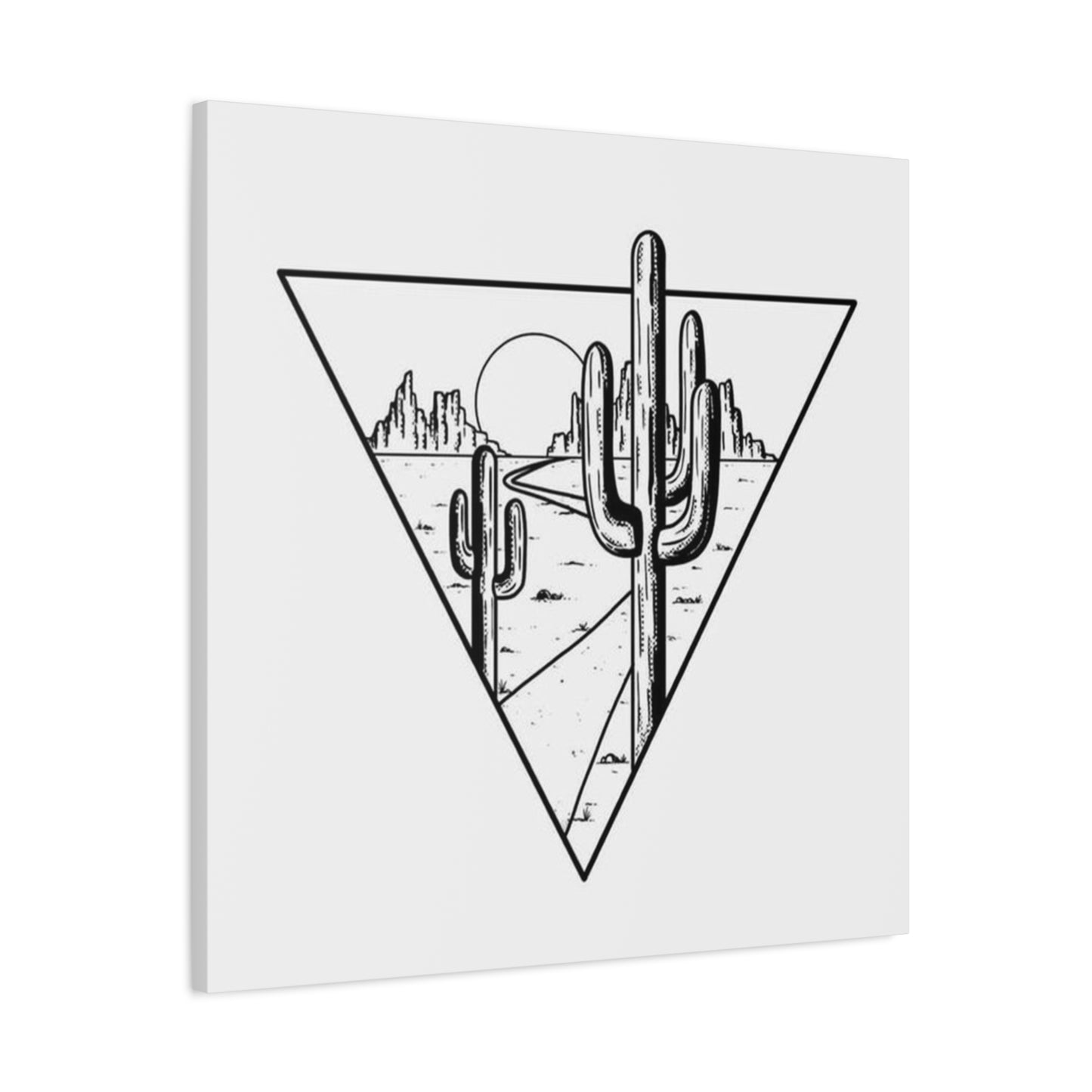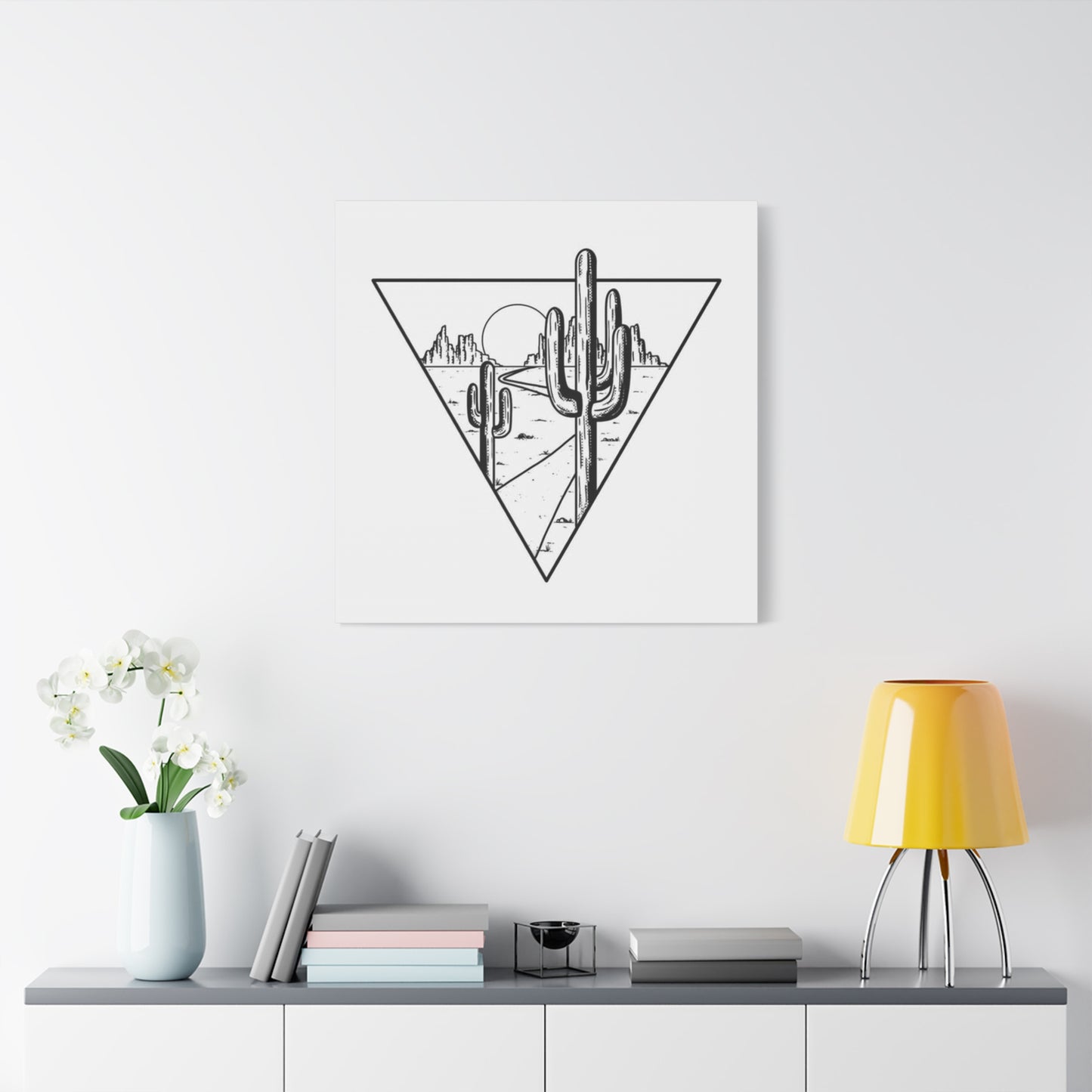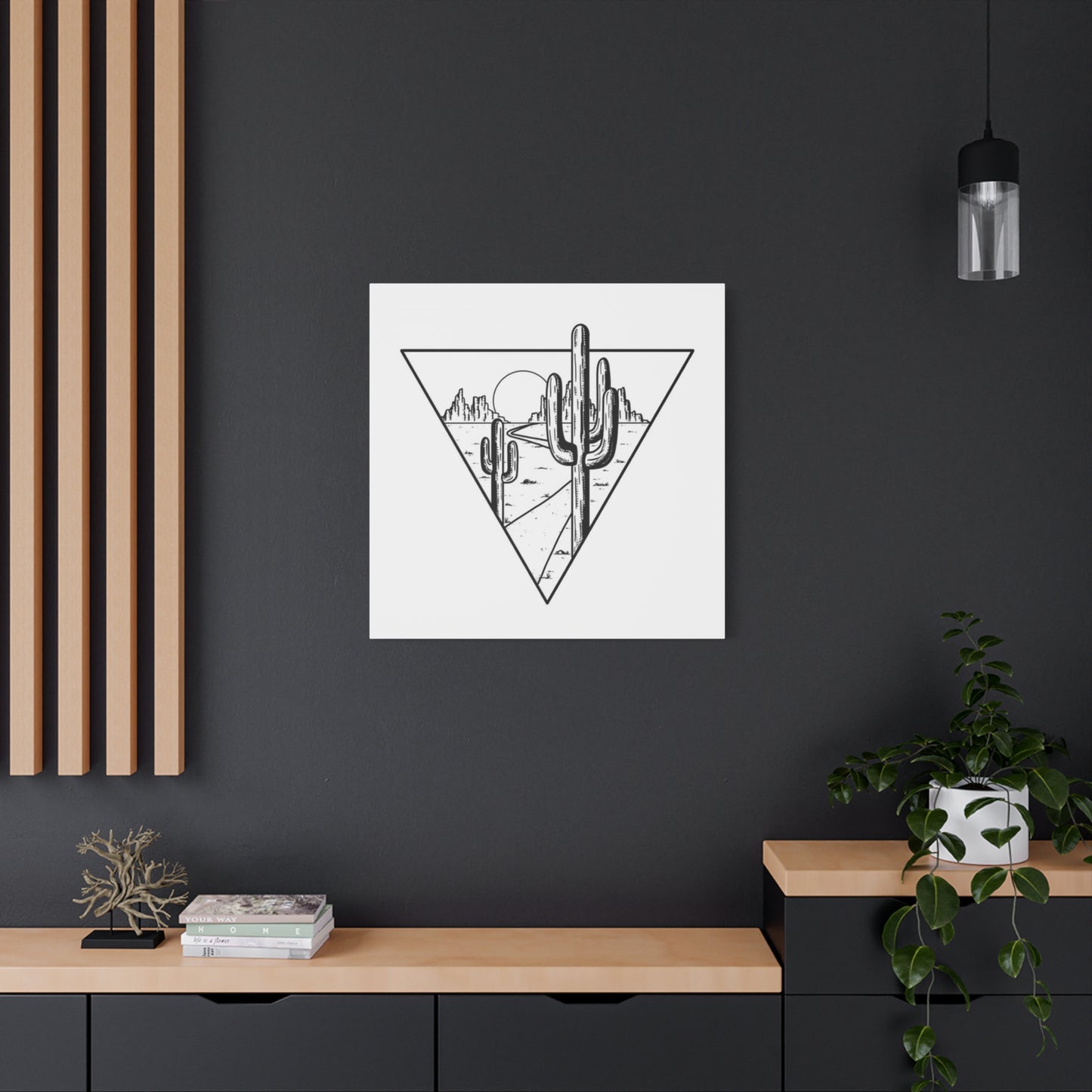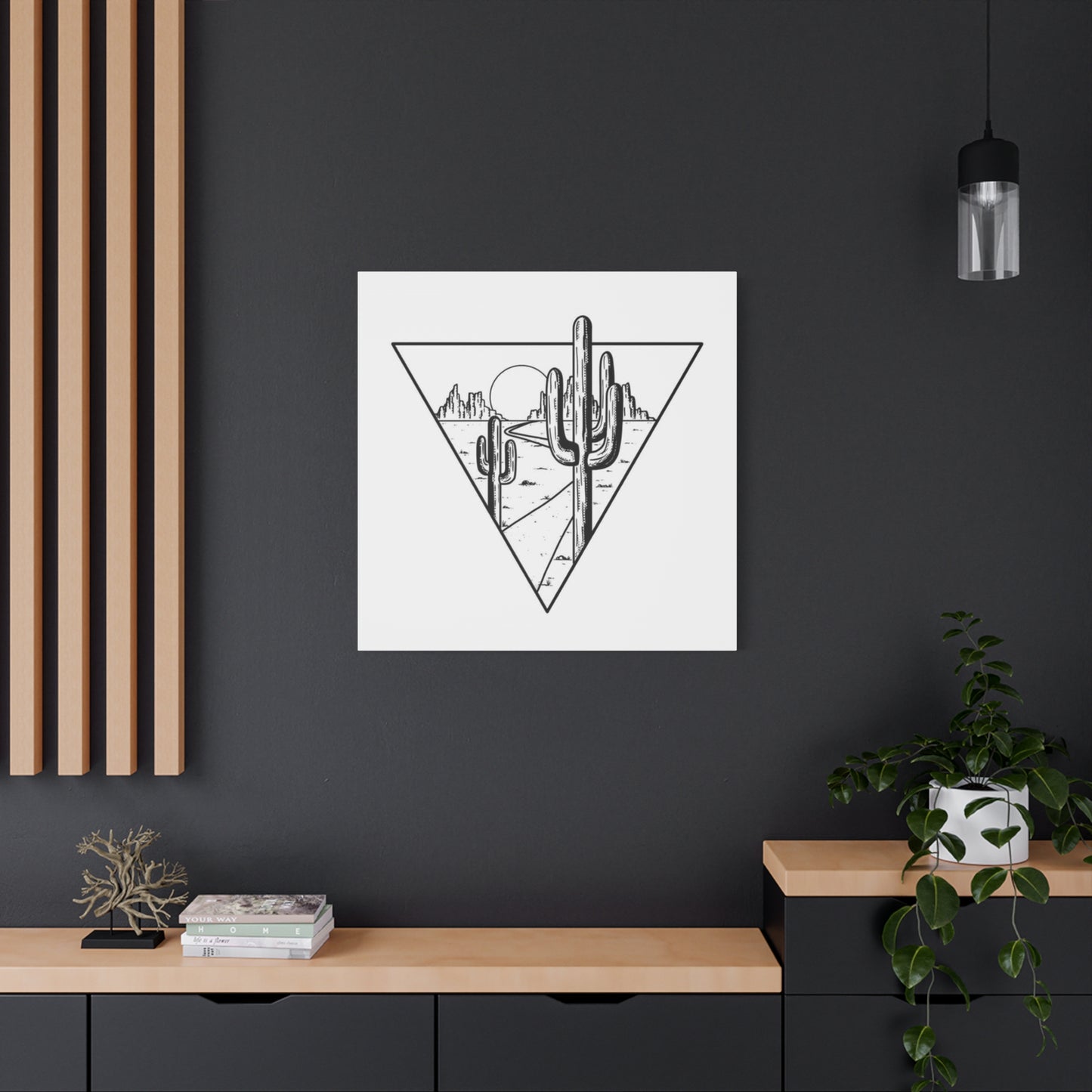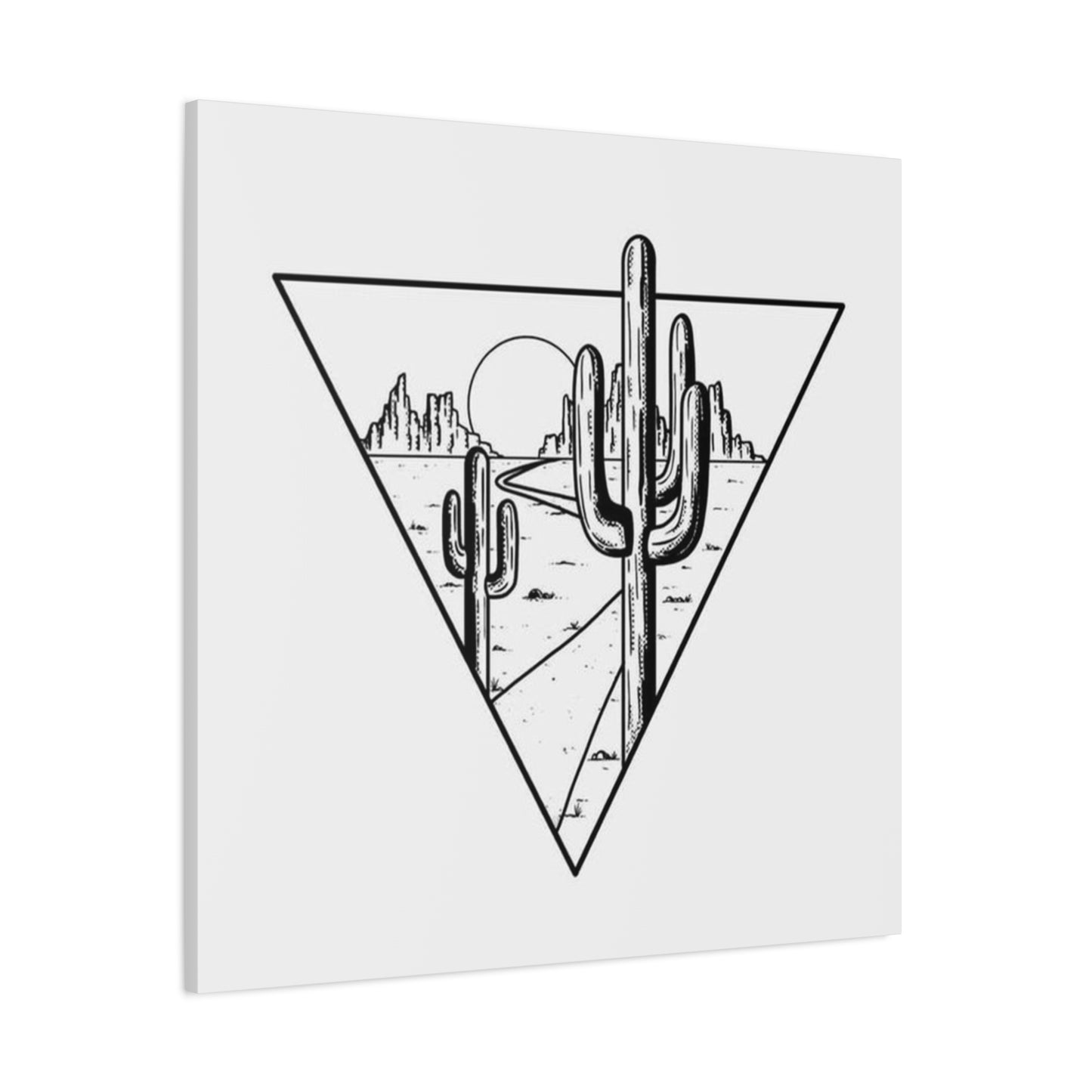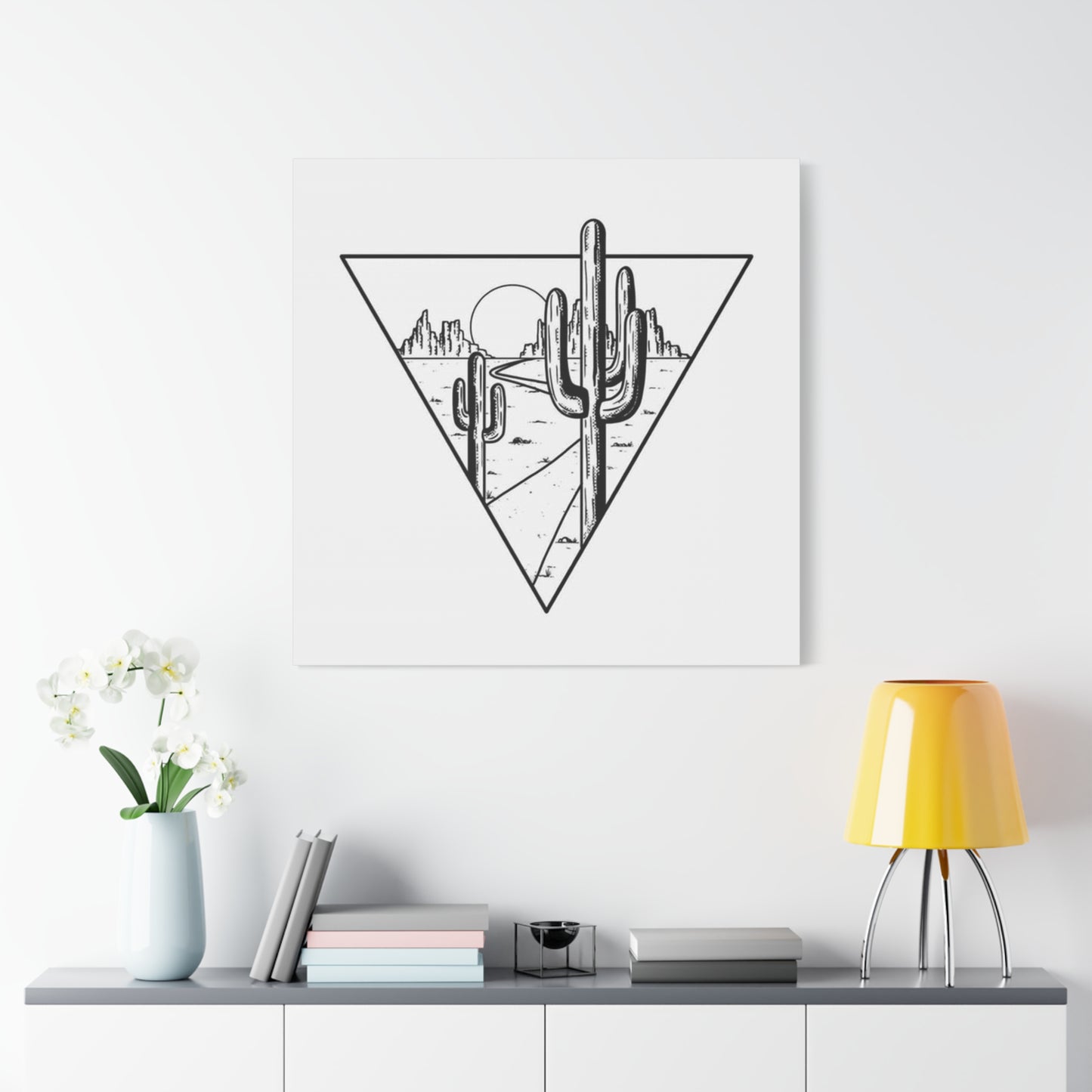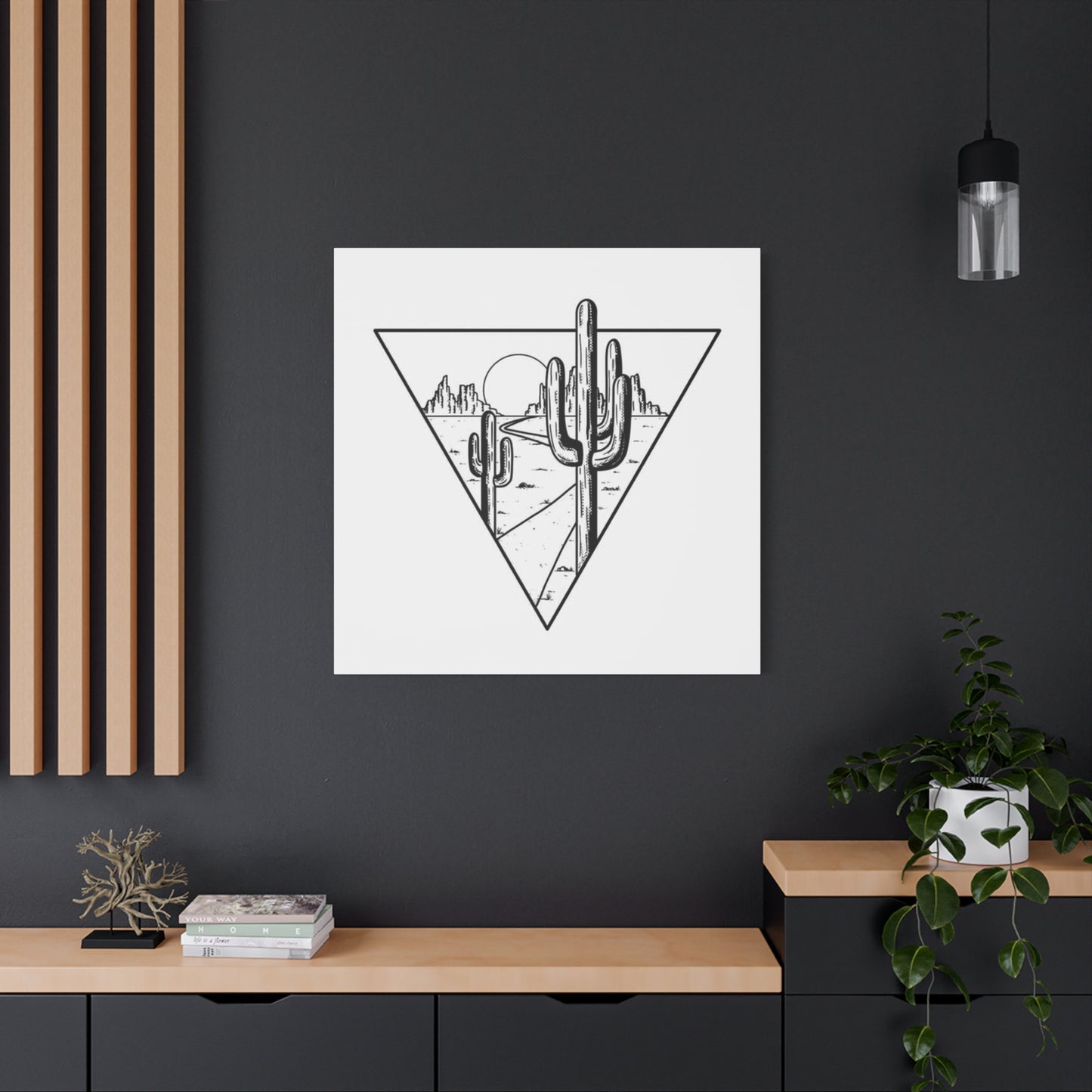How to Capture the Essence of Texas Hill Country in Landscape Drawings for Your Wall Art
The vast expanse of the Lone Star State offers an endless source of inspiration for artists and admirers alike. From the rolling plains that stretch toward distant horizons to the rugged beauty of desert landscapes, this region possesses a distinctive character that resonates deeply with those who call it home and visitors who fall under its spell. When we explore artistic representations of these magnificent vistas, we discover more than mere decoration; we uncover a profound connection to a land that has shaped cultures, stories, and identities for generations.
Artistic interpretations of these sweeping terrains capture something intangible yet powerful—the feeling of standing beneath an enormous sky, the warmth of sun-baked earth, and the resilience of vegetation that thrives despite harsh conditions. These visual celebrations serve as windows into a world where nature displays its most dramatic performances, where storms roll across open country, and where sunsets paint the sky in colors that seem impossible yet appear night after night.
For those seeking to incorporate this regional aesthetic into their living spaces, the options are remarkably diverse. Whether drawn to minimalist compositions that emphasize clean lines and open spaces or more detailed renderings that capture every nuance of the terrain, there exists an artistic approach to suit every preference. The beauty of these works lies not only in their visual appeal but in their ability to evoke memories, inspire wanderlust, and create a sense of place within any environment.
Dramatic Scenery Designed for Prominent Display Areas
When considering artwork for spaces that demand attention, pieces featuring the distinctive topography of this southwestern region offer unparalleled visual impact. The inherent drama of these landscapes—with their expansive skies, varied terrain, and striking natural features—translates beautifully to large-format presentations that command attention without overwhelming a space.
The key to selecting pieces for prominent walls lies in understanding how the composition interacts with the surrounding environment. Works featuring horizontal orientations naturally complement the architecture of modern spaces, drawing the eye across the expanse of the image and creating a sense of openness even in confined areas. The interplay of light and shadow in these artistic representations mimics the way sunlight moves across actual terrain, adding depth and dimension that changes throughout the day as natural light shifts.
Color palettes inspired by authentic regional scenery offer particular advantages for interior design. The warm ochres, burnt siennas, and deep umbers characteristic of desert environments create inviting atmospheres while maintaining sophistication. These earth tones serve as neutral foundations that work harmoniously with various decorating schemes, from contemporary minimalism to traditional comfort. The addition of sage greens, dusty blues, and hints of purple reflecting distant mountains or approaching storms introduces visual interest without disrupting the overall cohesion of a space.
Scale plays a crucial role in maximizing impact. Oversized pieces allow viewers to feel immersed in the scene, creating an almost window-like effect that transports them beyond the confines of interior walls. This sense of expansion proves particularly valuable in urban settings where connection to natural environments might otherwise feel distant. The psychological effect of such visual escapes cannot be overstated; they provide moments of tranquility and reflection in the midst of busy lives.
Texture considerations also contribute to the overall effect. Works that incorporate visible brushstrokes or dimensional elements add tactile interest that invites closer inspection while maintaining their bold presence from a distance. This layering of visual information rewards repeated viewing, as new details emerge with each encounter. The interplay between broad, sweeping gestures and finer details mirrors the actual experience of landscape observation, where both the grand vista and intimate details contribute to the overall impression.
Placement within a room requires thoughtful consideration. These commanding pieces serve as focal points around which other design elements orbit. Positioning them where they receive adequate lighting ensures that their full visual potential is realized, while avoiding direct sunlight preserves the integrity of the materials over time. The relationship between the artwork and surrounding furniture should feel balanced rather than competitive, with each element supporting the others in creating a cohesive environment.
The emotional resonance of such pieces extends beyond mere aesthetics. They speak to something primal within us—the human need for connection to the natural world, the appeal of wide-open spaces, and the comfort found in familiar regional characteristics. For those with personal history in these areas, such artwork serves as a tangible link to cherished memories and significant places. For others, they represent aspirations, dreams of exploration, or appreciation for beauty in its most unadorned forms.
Creating Atmosphere Through Regional Artistic Selections
Interior spaces gain tremendous character when infused with artwork that reflects specific geographic identities. The process of selecting pieces that authentically represent the spirit of a particular region requires understanding not just the visual elements but the cultural and emotional associations they carry. When we bring representations of sweeping southwestern vistas into our homes or workplaces, we invite more than images—we welcome stories, traditions, and the essence of a distinctive way of life.
The architectural vernacular of the region influences how these artistic works interact with interior spaces. The clean lines and natural materials common in regional building styles create perfect complements to artwork featuring similar aesthetics. Exposed wooden beams, stone accents, and neutral wall colors provide ideal backdrops that allow the artwork to shine without competing for attention. This harmony between structure and decoration creates environments that feel cohesive and intentional rather than haphazardly assembled.
Consideration of the viewer's journey through a space informs strategic placement of these pieces. Creating visual narratives that unfold as one moves from room to room builds anticipation and maintains interest. A series of related works can tell a story about the landscape's many moods—from the harsh brightness of midday to the soft glow of dawn, from drought-parched earth to the rare abundance following rain. This sequential approach transforms a collection of individual pieces into a comprehensive exploration of place.
The psychological impact of surrounding oneself with these images extends into daily life in subtle yet significant ways. Research into environmental psychology demonstrates that visual connections to nature, even through artistic representation, reduce stress levels and improve overall well-being. The expansive quality of landscape imagery, in particular, has been shown to promote feelings of freedom and possibility, countering the constraints that modern life sometimes imposes.
Cultural authenticity remains an important consideration when selecting these works. Pieces created by artists with genuine connections to and understanding of the region carry an authenticity that viewers can sense even if they cannot articulate it. This genuine quality emerges in countless small decisions—the accurate rendering of particular plant species, the truthful depiction of light at specific times of day, the inclusion of subtle details that only someone intimately familiar with the landscape would notice.
The interplay between representational accuracy and artistic interpretation creates interesting tensions worth exploring. Some viewers prefer works that document landscapes with photographic precision, finding comfort in recognizable landmarks and familiar scenes. Others gravitate toward more interpretive approaches that capture the essence or feeling of a place rather than its literal appearance. Both approaches have merit, and the choice ultimately depends on individual preferences and the intended use of the artwork.
Seasonal variations within these landscapes offer opportunities for refreshing spaces without complete redesigns. While the fundamental character of southwestern terrain remains relatively consistent, subtle shifts occur throughout the year—the brief explosion of wildflowers following spring rains, the golden hues of native grasses in autumn, the rare dusting of snow that transforms familiar vistas into something altogether different. Artwork capturing these variations allows for rotation that keeps spaces feeling dynamic and responsive to the passage of time.
Rendered Interpretations of Regional Terrain
The medium of drawing offers unique advantages when depicting expansive landscapes. Unlike photography, which captures a single moment with mechanical precision, drawn interpretations filter scenes through artistic sensibility, emphasizing certain elements while minimizing others according to creative vision. This selectivity allows artists to distill the essence of a landscape, highlighting what makes it distinctive and meaningful.
Traditional drawing techniques bring particular qualities to landscape representation. Graphite works offer subtle gradations of value that capture the atmospheric perspective critical to conveying depth in wide vistas. The way distant features fade into lighter tones mimics how our eyes actually perceive far-off elements, creating convincing illusions of space on flat surfaces. Charcoal introduces drama through rich, velvety darks contrasted against stark whites, perfect for capturing the intense shadows and brilliant highlights characteristic of strong southwestern sunlight.
Pen and ink approaches lend themselves to different expressions. The definitive nature of ink lines creates boldness and confidence in compositions, with crosshatching and stippling techniques building up tonal values through accumulated marks. These labor-intensive methods result in works that reward close examination, revealing the artist's hand in every carefully placed stroke. The permanence of ink also carries metaphorical weight, suggesting the enduring nature of the landscapes themselves.
Contemporary drawing practices expand traditional boundaries through mixed media approaches. Combinations of drawing materials with watercolor, gouache, or even digital elements create hybrid works that leverage the strengths of multiple techniques. These innovative approaches reflect the evolution of artistic practice while maintaining the fundamental appeal of hand-drawn imagery—the direct connection between artist, tool, and surface that imbues work with human presence.
The compositional choices in landscape drawings reveal much about artistic priorities. Some artists favor panoramic formats that emphasize horizontal expansion, echoing the way we naturally scan vast spaces. Others employ vertical orientations to stress the relationship between earth and sky, giving prominence to dramatic cloud formations or the height of particular geological features. Focal points might center on distinctive elements—a solitary windmill, a weathered fence line, a cluster of ancient rock formations—that serve as anchors within otherwise expansive compositions.
Light direction and quality receive careful attention in successful landscape drawings. The angle of illumination determines which features receive emphasis through highlights and which recede into shadow. Morning light creates long, dramatic shadows that reveal textural details in terrain, while the overhead sun of midday flattens landscapes into patterns of value contrast. Artists working from observation or memory must make conscious decisions about which lighting conditions best serve their artistic intentions.
Atmospheric conditions add another layer of complexity and interest. The suggestion of heat shimmer rising from sun-baked surfaces, the haze of dust kicked up by wind, or the gathering of storm clouds on distant horizons all contribute to the sense of specific time and place. These ephemeral qualities challenge artists to find marks and techniques that convincingly represent phenomena that are, by nature, difficult to pin down.
The relationship between detail and suggestion plays a crucial role in effective landscape drawing. Excessive detail throughout a composition can feel overwhelming and actually diminish the sense of space, while strategic detail in key areas draws the eye and provides points of interest. The artist's decision about where to invest time in rendering and where to employ suggestion or even leave areas less defined guides the viewer's experience and creates hierarchy within the image.
Weathered Character in Printed Landscape Artwork
The aesthetic appeal of aged, timeworn appearances has particular relevance when depicting certain landscapes. Imagery that evokes a sense of history, of having witnessed countless sunrises and weathered innumerable storms, carries emotional weight that pristine presentations cannot match. This intentional embrace of rustic qualities creates artwork that feels like it belongs to the land it depicts rather than merely representing it.
Color palettes that reference oxidized metals, sun-bleached wood, and earth pigments establish immediate visual connections to rural and frontier histories. The muted quality of these hues suggests passage of time and endurance through changing conditions. Unlike the saturated colors of contemporary design trends that come and go, these subdued tones possess staying power, remaining visually appealing across decades rather than feeling dated after a few years.
Print production techniques significantly influence the final character of these works. Methods that incorporate visible texture or dimensional qualities add tactile interest that enhances the rustic aesthetic. Paper selection matters tremendously; heavyweight stocks with natural fibers or subtle texture provide appropriate substrates that complement the imagery rather than competing with it. The slight variations inherent in certain printing processes can actually enhance rather than detract from the final result, introducing organic irregularities that feel appropriate to the subject matter.
Framing choices amplify or diminish the rustic qualities of the artwork itself. Weathered wood frames with visible grain patterns, distressed finishes, or reclaimed materials create continuity between the frame and the image it surrounds. Metal frames with aged patinas offer alternative approaches that reference historical building materials and frontier practicality. The goal is integration rather than contrast, allowing frame and image to function as unified wholes.
Display contexts for these pieces extend beyond typical residential settings. Commercial spaces seeking to establish particular atmospheres find these works invaluable. Restaurants emphasizing regional cuisine, hospitality venues celebrating local culture, and retail establishments catering to heritage-conscious clientele all benefit from artwork that reinforces their brand identities. The authenticity of these pieces lends credibility to the spaces they inhabit.
The democratization of art through quality printing has made previously inaccessible imagery available to broader audiences. While original drawings command significant investment, carefully produced prints allow more people to enjoy and benefit from powerful landscape imagery. This accessibility should not imply compromise; modern printing technologies can reproduce subtle tonal gradations and fine details with remarkable fidelity, creating end products that honor the artist's original vision.
Collectors of these rustic landscape prints often develop curated groupings that explore themes or variations. Assembling works by multiple artists offers perspectives on similar subjects, revealing how different creative sensibilities interpret shared landscapes. Alternatively, series by single artists documenting various locations or seasonal changes provide comprehensive views that individual pieces cannot accomplish alone. These collections grow over time, becoming visual autobiographies that reflect the collector's evolving relationship with place.
Care and preservation of printed works ensure their longevity. Appropriate framing with UV-protective glazing prevents fading and degradation caused by light exposure. Climate control prevents damage from humidity fluctuations that can warp paper or promote mold growth. These conservation practices allow works to be enjoyed by multiple generations, becoming family heirlooms that carry not just artistic but sentimental value.
The market for rustic landscape prints reflects broader cultural interests in authenticity, heritage, and connection to place. As society becomes increasingly digital and mobile, the desire for anchors to physical locations and traditional ways of life intensifies. Artwork serving this need functions as more than decoration; it becomes a statement of values and priorities, a visual declaration of what the owner holds dear.
Desert Aesthetics and Regional Artistic Character
The southwestern region of the continent possesses distinctive visual characteristics that have captivated artists for generations. The particular quality of light, the unique flora adapted to arid conditions, and the geological drama of the landscape create aesthetic conditions unlike anywhere else. Artistic interpretations of these elements bring desert sophistication into any environment, regardless of geographic location.
Color theory takes interesting turns in southwestern artistic traditions. The conventional color wheel yields to palettes dominated by warm earth tones punctuated by unexpected accents. The silvery green of sage, the dusty purple of distant mountains at dusk, and the brilliant magenta of blooming cacti provide chromatic interest that works within rather than against the predominant warm tones. This restrained yet rich color sense creates visual sophistication that avoids gaudiness while remaining far from bland.
Compositional approaches often embrace negative space in ways that reflect the landscape itself. Just as vast stretches of open land create breathing room in actual terrain, generous areas of minimal detail in artwork provide visual rest. This strategic use of emptiness paradoxically makes compositions feel more complete rather than unfinished. The balance between rendered elements and open areas requires careful calibration; too much emptiness feels sparse, while insufficient space creates visual congestion.
Vegetation represented in these works carries symbolic as well as visual weight. Hardy plants that thrive in challenging conditions become metaphors for resilience and adaptation. The sculptural qualities of cacti and succulents translate beautifully to artistic representation, their strong forms reading clearly even in simplified or abstracted treatments. Native grasses moving in invisible wind suggest life and movement within otherwise static images.
Geological formations provide endless fascination for artists drawn to southwestern subjects. Layered sedimentary rocks record millions of years of history in visible striations. Weathered boulders balance impossibly atop one another, defying expectations about stability and permanence. Canyon walls reveal the power of water to shape stone over vast timescales. These features offer opportunities to explore texture, pattern, and the relationship between small details and grand scale.
Wildlife, though less frequently featured than landscape elements, adds narrative interest when included. Birds of prey circling on thermals, roadrunners darting across open ground, or desert bighorn sheep navigating rocky terrain introduce life and movement. The decision to include fauna or maintain focus solely on land and sky depends on the artist's intentions and the specific story being told through the work.
Time of day dramatically affects the character of southwestern landscapes. The low angle of sunrise and sunset light rakes across terrain, emphasizing every undulation and casting long shadows that reveal three-dimensional form. The golden hour glow transforms familiar scenes into something magical, warm light suffusing everything it touches. Midday presents different challenges and opportunities, with intense overhead illumination creating strong value contrasts and flattening perspective in ways that can be either obstacle or asset depending on artistic goals.
Weather events, though infrequent in arid regions, provide spectacular subject matter. Summer monsoons build throughout afternoon hours, massive thunderheads towering to impossible heights before releasing brief but intense downpours. Dust storms roll across open country, obscuring visibility and coating everything in fine particles. These dramatic conditions capture nature's power and unpredictability, reminding viewers that even seemingly harsh environments pulse with dynamic life.
Cultural elements reflecting human presence in these regions add historical and social dimensions to purely natural scenes. Abandoned structures slowly returning to earth, historic missions standing as testaments to faith and perseverance, or contemporary ranching infrastructure marking ongoing human relationships with land—all tell stories about how people have adapted to and shaped these environments over time.
Representations of the Natural World in Striking Artwork
The intersection of artistic skill and natural beauty produces works that transcend mere documentation, becoming interpretive celebrations of the environment. When artists turn their attention to regional landscapes, they do more than record appearances; they capture feelings, evoke memories, and sometimes even argue for the value and importance of preserving wild places.
Observational skills distinguish truly exceptional landscape artwork from mediocre attempts. Artists who spend significant time in the environments they depict develop intimate familiarity that informs every mark they make. They know how particular plants grow, understand the effects of wind and weather on surfaces, and can anticipate how light will interact with various materials. This knowledge base, accumulated through direct experience, allows for authenticity that cannot be faked through reference images alone.
Emotional content separates memorable artwork from forgettable decoration. The best landscape pieces convey something of the artist's response to the scene—whether awe at nature's grandeur, peace found in solitude, or concern about environmental degradation. This emotional authenticity resonates with viewers, creating connections that purely technical skill cannot achieve. When we respond powerfully to landscape artwork, we are often recognizing and validating our own feelings about nature and our place within it.
Perspective choices influence how viewers relate to depicted scenes. Eye-level viewpoints create intimate, accessible relationships, positioning the viewer as if standing within the landscape itself. Elevated perspectives provide overview and context, showing how individual elements relate to larger systems. Low vantage points emphasize sky and create drama through unconventional angles. Artists select viewpoints that best serve their expressive intentions, whether inviting viewers into scenes or maintaining observer distance.
Scale relationships within compositions affect psychological impact. Emphasizing the vastness of land or sky by minimizing or eliminating human scale references creates feelings of awe and perhaps insignificance—useful for conveying nature's overwhelming power. Including human-scale elements provides relatable anchors that help viewers imagine themselves within scenes. Neither approach is inherently superior; effectiveness depends on the specific message and emotional tone the artist wishes to establish.
Surface treatment and mark-making contribute significantly to the overall character of drawn works. Bold, confident strokes convey energy and immediacy, suggesting spontaneous responses to observed scenes. Careful, deliberate marks built up over time create contemplative qualities, implying patience and sustained attention. The visibility of the artist's hand—the evidence of how marks were made—maintains the human connection that distinguishes handcrafted work from mechanically produced imagery.
Series and sequential works allow artists to explore subjects from multiple angles or document changes over time. A location painted at different seasons reveals the full range of its appearances throughout the year. Multiple visits to the same spot at various times of day capture the effects of changing light. Such series demonstrate commitment to subject matter while offering viewers comprehensive perspectives that single works cannot provide.
Abstract and semi-abstract approaches to landscape offer alternatives to representational treatments. By emphasizing color, form, and composition over recognizable details, these interpretations distill landscapes to their essential qualities. Viewers respond to the overall impression—the feeling of open space, the intensity of heat, the drama of weather—without getting caught up in identification of specific elements. This approach can sometimes communicate experience more effectively than careful documentation.
Technological tools have expanded possibilities for landscape artists without rendering traditional approaches obsolete. Digital drawing tablets allow for experimental work with unlimited undo functions and layer-based compositions. These tools serve artists who embrace technology while others continue to prefer the tactile directness of traditional materials. Both approaches produce valid results; the choice depends on individual working preferences and desired final aesthetics.
Creating Lasting Visual Tributes Through Regional Artwork
Certain subjects possess qualities that transcend temporary trends, maintaining relevance and appeal across changing tastes and eras. Landscape imagery, particularly when rooted in specific regional characteristics, demonstrates this enduring quality. The fundamental human relationship with land—as source of sustenance, site of memory, and object of aesthetic appreciation—ensures that depictions of meaningful places will always find receptive audiences.
Historical precedents demonstrate the staying power of landscape subject matter. From early exploration documentation to Romantic era celebrations of wilderness to contemporary environmental advocacy, artists have continuously found fresh approaches to depicting land. Each generation brings new perspectives while building on traditions established by predecessors. This accumulated body of work creates rich contexts within which current artists operate, simultaneously honoring tradition and pushing boundaries.
Investment considerations factor into artwork acquisition decisions for many collectors. While passion and personal connection should drive collecting, the reality that quality artwork maintains and often increases in value over time provides additional justification for thoughtful purchases. Emerging artists whose work demonstrates technical skill and authentic vision offer opportunities for accessible acquisition prices that may appreciate as reputations grow. Established artists command appropriate premiums reflecting their proven track records and sustained quality.
Authentication and provenance establish the legitimacy and history of artwork. For original pieces, documentation connecting works directly to artists protects against misattribution or fraud. Certificates of authenticity, gallery records, and exhibition histories all contribute to establishing clear chains of ownership. For prints, edition numbers and artist signatures verify authorized production and indicate position within limited production runs.
Conservation and archival concerns influence how work is produced and maintained. Artists committed to longevity select materials rated for light-fastness and chemical stability. Acid-free papers, archival inks, and UV-protective glazing all contribute to preservation. Collectors benefit from understanding these technical considerations, making informed decisions that protect their investments and ensure works remain in prime condition for future generations.
Display flexibility adds to the timeless quality of well-executed landscape work. Because these pieces generally avoid dated stylistic markers, they transition smoothly through changing interior design trends. A work that looks appropriate in a mid-century modern setting functions equally well in traditional spaces or contemporary environments. This versatility maximizes value by preventing pieces from feeling incompatible with evolving aesthetic preferences.
Emotional durability matters as much as physical preservation. Works that continue to engage viewers through repeated encounters, revealing new qualities upon each viewing, demonstrate the depth that separates lasting art from momentary novelty. This quality is difficult to quantify but unmistakable in experience—certain pieces never exhaust their interest, always offering something to notice, consider, or appreciate.
Gift-giving occasions provide opportunities to share meaningful artwork with others. Landscape pieces celebrating specific regions hold particular significance for recipients with personal connections to those places. Whether commemorating time spent in a location, honoring family heritage, or acknowledging military service in an area, such gifts carry thoughtfulness that generic presents cannot match. The permanence of quality artwork ensures these gifts provide lasting reminders of relationships and occasions.
Creating Border Elements for Sweeping Vistas
The relationship between artwork and its edges significantly affects viewer experience. How a landscape composition meets its boundaries determines whether images feel contained or expansive, finished or cropped. Artists consider these transitions carefully, making conscious decisions about what to include and exclude, where to establish limits, and how to guide viewer attention within defined spaces.
Traditional landscape formats follow established conventions developed over centuries of artistic practice. Horizontal rectangles feel natural for wide vistas, accommodating the way our eyes scan from side to side when taking in expansive views. These proportions suit most architectural spaces, fitting comfortably above furniture or spanning wall sections without awkward sizing. The familiarity of these formats provides comfort while still allowing infinite variation in how space is divided and organized internally.
Square formats offer different possibilities, eliminating the directional bias of rectangles. The equal dimensions create balanced, stable compositions that work well for subjects without strong horizontal or vertical emphasis. Centered focal points gain particular strength in square compositions, drawing viewers to specific elements without competing directional pulls. These formats have gained popularity in contemporary design, their geometric simplicity appealing to modern aesthetic sensibilities.
Vertical orientations, less common for landscape subjects, create interesting tensions when depicting typically horizontal scenes. This unconventional choice emphasizes sky or foreground elements, forcing viewers to reconsider familiar subjects through fresh perspectives. Vertical formats suit specific locations—canyon interiors, tall rock formations, or scenes where atmospheric conditions deserve prominent attention—where height matters more than breadth.
Panoramic extremes take horizontal formats to logical conclusions, creating band-like images that sweep across wide expanses. These elongated compositions capture the full sweep of vision when turning one's head across a vista. The unusual proportions demand careful placement considerations but provide unmatched ability to convey the expansive quality of open country. Some contemporary artists create multi-panel works that extend this principle even further, creating installations that wrap around corners or occupy entire walls.
Irregular shapes and custom formats break entirely from conventional rectangular constraints. Die-cut edges, circular formats, or organic shapes derived from the landscape itself offer experimental approaches that emphasize content over convention. While less practical for standard framing and display, these unconventional choices make strong statements and ensure uniqueness in an era when mass-produced standardization dominates.
The treatment of edges within conventional formats affects perceived completeness. Hard edges that crop scenes sharply suggest continuation beyond visible boundaries, implying the landscape extends infinitely in all directions. Vignettes that fade toward edges create softer transitions, focusing attention on central elements while acknowledging limits more gently. The choice between these approaches influences whether work feels like windows onto scenes or contained compositions complete unto themselves.
Matting decisions profoundly impact final presentation. Wide mats create breathing room around images, preventing visual crowding when works hang near other elements. Neutral mats allow artwork to remain focal points without competition from borders. Colored mats introduce additional design elements but risk overwhelming or clashing with image content. Double or even triple matting adds dimensional interest and emphasizes importance through elaborate presentation.
Frame profiles complete the transition from artwork to wall. Simple frames minimize distraction, serving primarily protective and structural functions while letting images dominate. Elaborate frames make statements about the value and importance of the work they surround. The key lies in achieving harmony between frame character and image content, ensuring cohesive presentations where all elements support unified aesthetic visions.
Incorporating Regional Scenery Throughout Living Areas
The versatility of quality landscape artwork allows appropriate incorporation into virtually any interior space. From intimate private quarters to public areas designed for entertaining, these pieces enhance environments in ways specific to their placement and the functions of the rooms they inhabit. Understanding how different spaces operate guides selection and positioning decisions.
Entry areas benefit from welcoming imagery that establishes home character immediately upon arrival. Landscapes suggesting openness and invitation set positive tones for subsequent experiences throughout the dwelling. Scale should be substantial enough to make immediate impact without overwhelming what is often a smaller transition space. The entry sets expectations; artwork placed here signals the aesthetic priorities and cultural interests visitors will encounter within.
Living areas, typically the largest and most public spaces in homes, accommodate the grandest landscape presentations. These rooms allow for dramatic scale and bold compositions that would overpower more intimate spaces. Multiple pieces can create gallery-like installations when coordinated thoughtfully, building comprehensive narratives about place. The social function of living rooms means artwork becomes conversation catalyst, providing visual focal points that spark discussion and reveal homeowner interests.
Dining spaces present unique opportunities for artwork that enhances the experience of gathering over meals. Landscape imagery can influence atmosphere significantly, with serene scenes promoting relaxation while more dramatic subjects add energy. The height at which diners' eyes naturally rest when seated at tables influences optimal placement, suggesting lower positioning than might work in standing areas. The goal is comfortable viewing from typical positions rather than requiring awkward postures to engage with artwork.
Bedroom environments benefit from calming imagery that promotes rest and reflection. Softer, more contemplative landscape treatments suit spaces dedicated to sleep and privacy. Avoiding overly stimulating colors or dramatic compositions helps maintain the peaceful atmosphere bedrooms require. Personal connection to depicted places adds significance, transforming artwork into meditation objects that facilitate quiet thought before sleep or upon waking.
Home offices and creative workspaces use landscape artwork differently than purely residential areas. Here, imagery can provide psychological relief from task focus, offering visual breaks that rest the mind. Research indicates that even brief attention to natural imagery reduces mental fatigue and restores concentration. Strategic placement within sight lines from work positions maximizes these benefits without creating distraction from primary tasks.
Bathrooms, often overlooked in artwork planning, gain personality and finish through appropriate landscape additions. Smaller-scale works suit these typically compact spaces, while subject matter should account for higher humidity levels. Properly sealed and framed pieces withstand bathroom conditions without deterioration, bringing unexpected refinement to purely functional spaces.
Hallways and circulation spaces provide opportunities to create sequential viewing experiences. Series of related works guide movement through homes while maintaining visual interest in areas that might otherwise feel purely utilitarian. Consistent framing and spacing create gallery-like coherence, elevating transitional spaces to destination status worth lingering within rather than rushing through.
Outdoor living areas increasingly function as extensions of interior space, with covered patios and screened porches furnished for comfort and regular use. Weather-resistant artwork options allow landscape imagery to enhance these spaces despite environmental challenges. The irony of depicting outdoor scenes in outdoor spaces resolves when we recognize that the artistic interpretation offers different pleasures than direct experience of nature itself.
Commercial applications extend the reach of landscape artwork beyond residential settings. Medical offices use calming natural imagery to reduce patient anxiety. Corporate spaces employ regional landscapes to establish local connections and cultural authenticity. Hospitality venues create sense of place through careful artwork curation. In all these contexts, thoughtful selection and placement serve functional goals beyond mere decoration.
Commanding Presence in Regional Landscape Wall Displays
The power of artwork to anchor and define spaces increases proportionally with scale and compositional strength. Large-format landscape pieces possess inherent authority, demanding attention and organizing surrounding elements through their visual weight. When executed with skill and displayed with care, these substantial works elevate spaces from ordinary to memorable.
Psychological research into environmental perception confirms that humans respond strongly to representations of nature, particularly expansive landscapes. These responses include measurable reductions in stress hormones, lowered blood pressure, and improved emotional states. The mechanisms behind these effects remain subjects of ongoing study, but practical applications are clear: surrounding ourselves with quality landscape imagery contributes to wellness in measurable ways.
The concept of biophilic design recognizes humans' innate need for connection with natural systems. In built environments that physically separate us from nature, strategic incorporation of natural imagery partially satisfies this need. While not equivalent to actual outdoor experience, even representations provide meaningful benefits. Large-scale landscape artwork serves as particularly effective biophilic design element, creating focal points that draw attention and provide opportunities for visual engagement with natural forms.
Color psychology influences how landscape palettes affect mood and behavior. Warm earth tones create cozy, welcoming atmospheres that encourage social interaction and comfort. Cooler tones suggesting sky and distance produce calming effects appropriate for spaces dedicated to concentration or rest. Understanding these associations allows deliberate selection of works whose color characteristics support intended use of spaces they inhabit.
Visual weight distribution within rooms requires consideration of all elements, not just artwork. Furniture placement, architectural features, and other decorative objects all contribute to overall balance. Large landscape pieces function as anchoring elements around which other components organize. Asymmetrical placements can actually create better balance than rigidly centered positions when offsetting weight of substantial furniture groupings or architectural features like fireplaces.
Lighting design dramatically impacts how artwork performs visually. Natural light creates ever-changing displays as sun moves throughout day, revealing different qualities at various times. Supplemental artificial lighting allows control over presentation, with adjustable fixtures enabling emphasis shifts and mood changes. Picture lights mounted to frames or walls illuminate work uniformly without glare, while track systems offer flexibility for multi-piece installations.
Maintenance considerations ensure long-term performance of large-format pieces. Regular dusting prevents particle accumulation that dulls appearance over time. Periodic inspection for signs of deterioration allows early intervention before minor issues become serious problems. Professional cleaning and conservation services address concerns beyond routine maintenance, providing expertise that protects valuable artwork investments.
Insurance coverage for significant artwork pieces provides protection against loss or damage. Documentation through professional photography establishes provenance and condition at specific moments, creating records useful for insurance claims or eventual resale. Appraisals by qualified experts establish current market values that inform appropriate coverage levels and provide baseline data for tracking appreciation over time.
The decision to invest in commanding landscape artwork reflects values beyond simple decoration. These pieces represent commitments to quality, appreciation for natural beauty, and recognition of art's power to enhance daily life. When selected thoughtfully and displayed with care, they provide satisfaction that extends far beyond initial acquisition, growing more meaningful through years of regular engagement.
Approachable Yet Impactful Regional Artwork
The misconception that powerful art requires complexity limits many people's engagement with visual culture. In reality, simplicity often amplifies impact, stripping away extraneous elements to reveal essential qualities. Landscape artwork embracing minimal approaches achieves striking results through economy of means, proving that restraint can speak more eloquently than elaboration.
Compositional reduction focuses on fundamental elements without distracting detail. A distant horizon line dividing earth from sky, perhaps punctuated by a single vertical element, creates visual interest through stark simplicity. The tension between minimal information and maximum effect challenges artists to make every element count. Nothing included fails to serve purpose; nothing absent diminishes the whole.
Line economy in drawing parallels written communication's pursuit of precise expression using fewest possible words. Masters of this approach suggest forms with remarkable brevity, allowing viewer perception to complete partially rendered elements. This interactive quality engages audiences actively rather than passively receiving complete information. The spaces between marks become as important as marks themselves.
Monochromatic schemes eliminate color as variable, focusing attention on value relationships and compositional structure. These limited-palette works possess particular elegance, their restraint feeling sophisticated rather than incomplete. Black and white landscapes carry associations with both historical photography and traditional drawing media, invoking artistic heritage while remaining entirely contemporary in approach.
Negative space receives equal consideration to positive elements in successful minimal work. Rather than fearing empty areas, skilled artists employ them strategically, creating breathing room that prevents visual crowding. This generous use of openness feels appropriate for depicting landscapes characterized by expansive emptiness. The artwork's structure reflects the subject's essential nature.
Gestural economy in mark-making captures essence without laboring over details. Quick, confident strokes record immediate responses to observed scenes, preserving spontaneity that can evaporate during extended rendering. This directness creates energetic quality even in static images. Viewers sense the artist's hand moving across the surface, maintaining human presence and connection.
Scale relationships take interesting turns in minimal compositions. Small marks within expansive fields emphasize vastness through contrast. A tiny figure in endless landscape amplifies the sense of scale more effectively than elaborate environmental rendering. Strategic decisions about what to include and what to omit reveal deep understanding of how perception operates.
Symbolic resonance emerges from minimal imagery in ways unavailable to detailed representation. By reducing landscapes to essential characteristics, artists create images that function almost as ideograms—instantly recognizable symbols that communicate efficiently. These distilled representations carry meanings extending beyond literal description into metaphorical territory.
Contemporary design sensibilities embrace minimalism across disciplines, from architecture to product design to typography. Landscape artwork sharing this aesthetic integrates seamlessly into modern environments, feeling native to spaces characterized by clean lines and uncluttered surfaces. The visual coherence achieved through this alignment amplifies both art and environment.
Practical advantages complement aesthetic virtues. Simplified compositions typically cost less to produce than highly detailed alternatives, making quality artwork more accessible. Reduced visual complexity allows these pieces to function effectively at various scales, from intimate works suitable for small areas to grand presentations commanding large walls. Versatility in both production and display increases utility across diverse applications.
Conclusion:
In conclusion, capturing the essence of Texas Hill Country in landscape drawings for wall art allows you to bring the natural beauty and rugged charm of this unique region into your home. Known for its rolling hills, vibrant wildflower fields, clear-flowing rivers, and breathtaking sunsets, the Hill Country offers a rich tapestry of scenery that is both serene and awe-inspiring. Through the art of landscape drawing, you can evoke the spirit of this beloved area, infusing your living space with a sense of tranquility, adventure, and connection to nature.
The beauty of Hill Country lies in its diversity of landscapes—lush green valleys, weathered limestone outcroppings, winding country roads, and expansive views that stretch to the horizon. To capture this in a drawing, it’s essential to focus on the interplay of light and shadow, the textures of the land, and the vivid colors that change with the seasons. Whether you choose to highlight the bright, sun-drenched hills in springtime, the golden hues of autumn, or the stark beauty of winter, these elements will help convey the region’s ever-changing character.
Incorporating Hill Country landscape drawings into your wall art not only adds visual interest but also evokes the quiet, grounded lifestyle that defines the area. The serene countryside, dotted with historic ranches, winding rivers, and wide-open skies, offers a perfect backdrop for creating artwork that inspires peace and introspection. These drawings can act as a visual escape, allowing you to reconnect with nature and feel the expansive, timeless beauty of the Texas landscape—even if you're miles away from the Hill Country itself.
Ultimately, Texas Hill Country landscape drawings offer more than just a representation of a place—they capture the spirit of the land. The rich textures, subtle colors, and expansive vistas can create a calming atmosphere in your home, while also reflecting a deep appreciation for one of Texas’s most beloved regions. Whether you choose a realistic portrayal or an abstract interpretation, these drawings bring the heart of the Hill Country into your space, making it a reminder of the peace, simplicity, and beauty found in the Texas landscape.

















